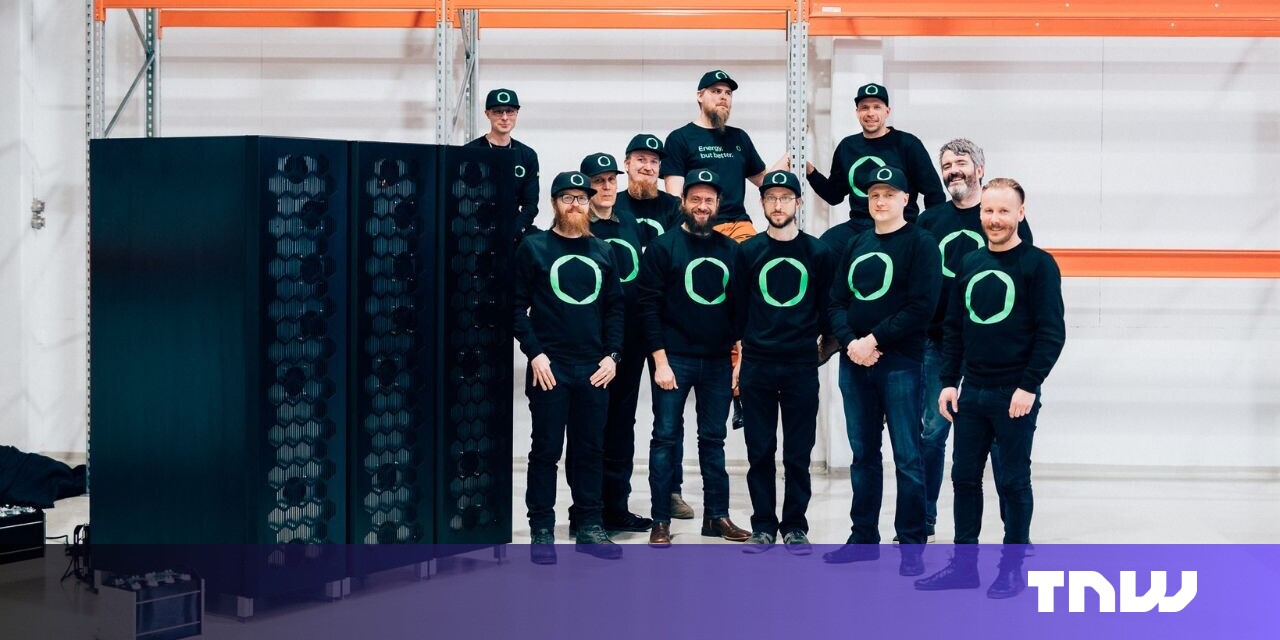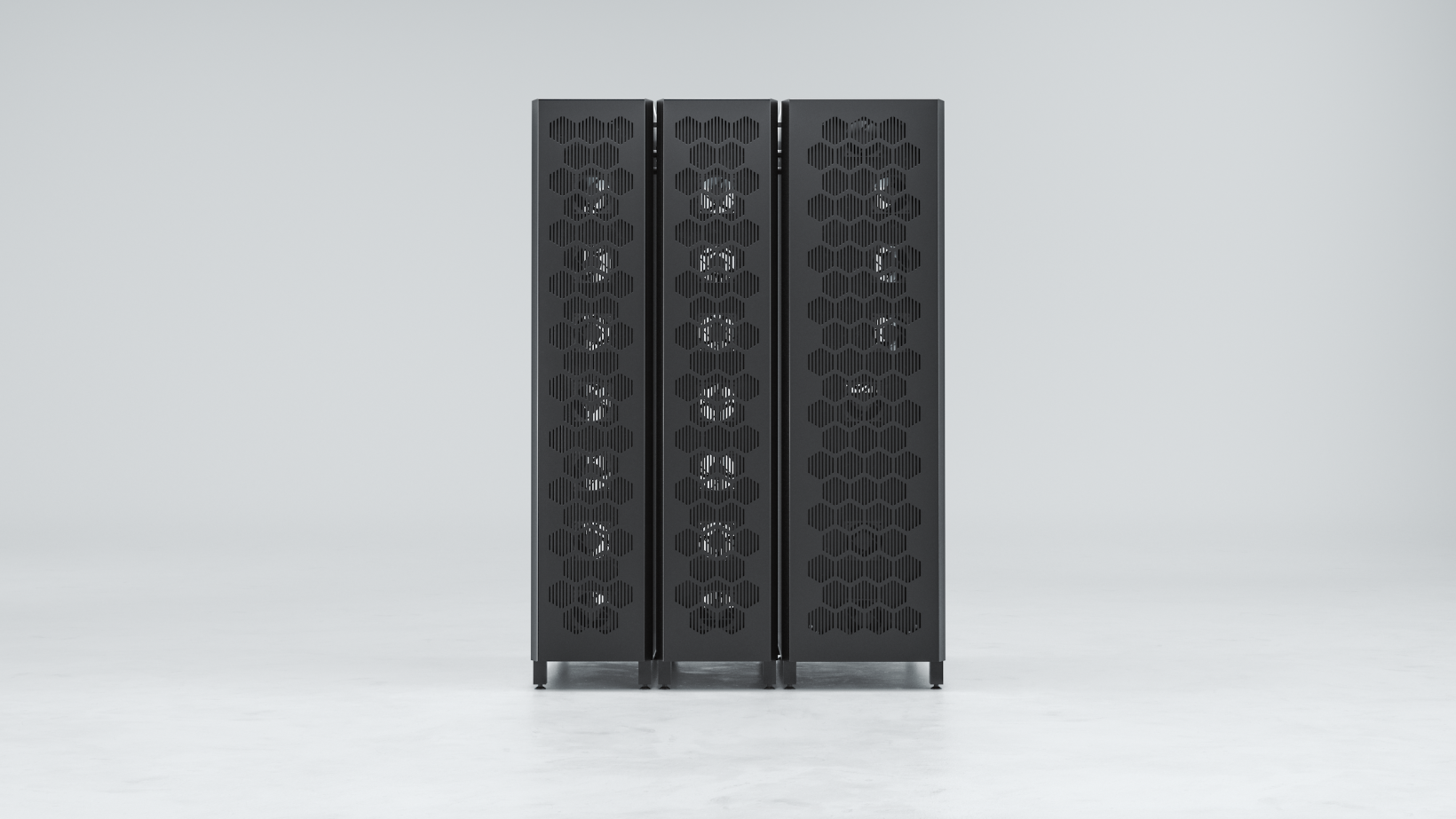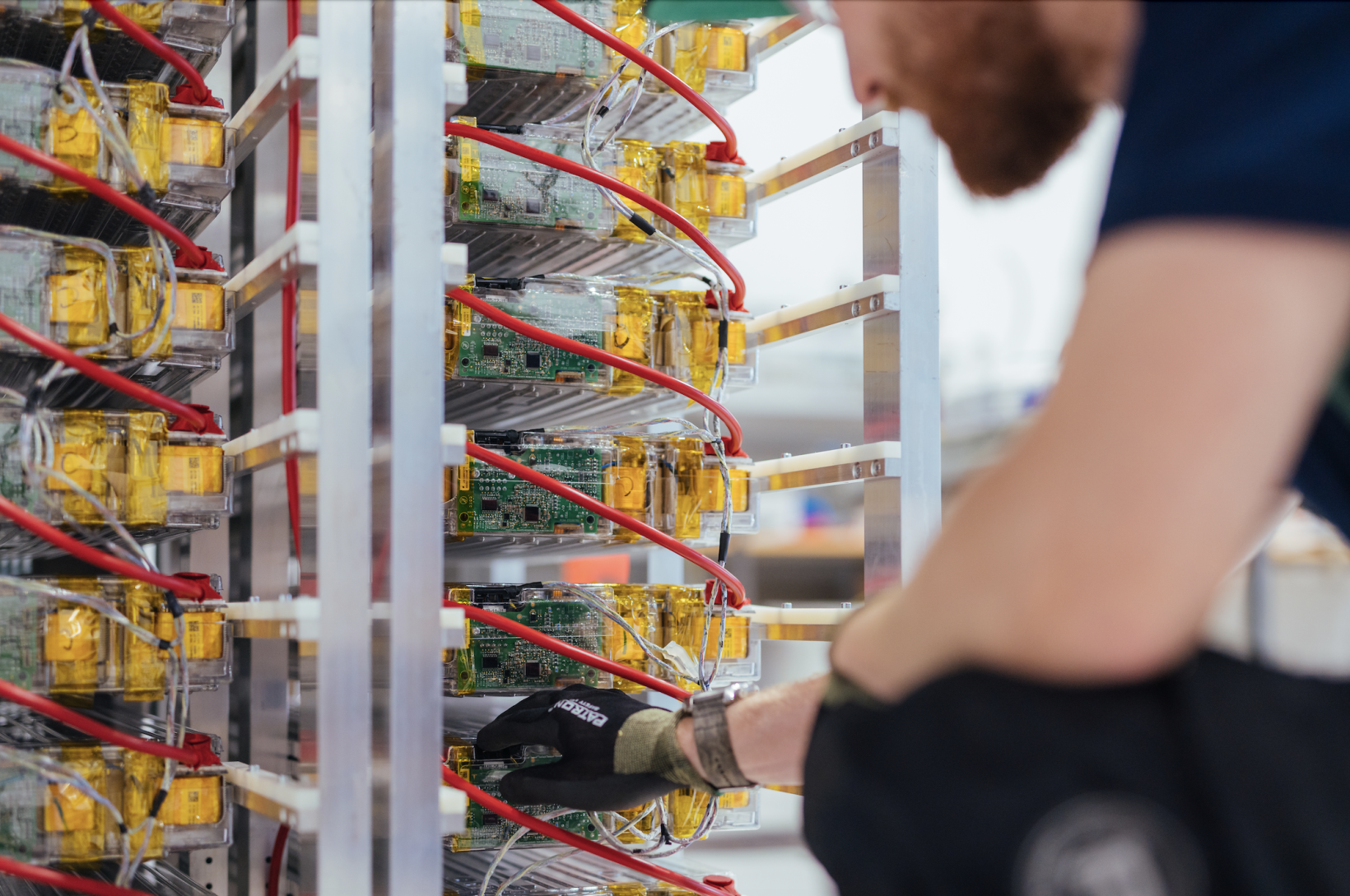
Old Tesla batteries can look forward to new lives thanks to new funding for an energy system built from the ageing power units.
The concept is the brainchild of Cactos, a startup based in Finland. Cactos converts the batteries into smart electricity storage units, which optimise energy consumption.
Investors are providing growing backing for the approach. Cactos today announced that it’s raised over €26mn in equity funding, which the startup will use to build more units. OP Finland Infrastructure LP and the Finnish Climate Fund are the lead investors in the round.
To upcycle the Tesla batteries, Cactos disassembles their cassettes and extracts their modules.
Next, the modules undergo quality and safety tests. If they pass, engineers install them in the cabinet of the battery energy storage systems (BESS). The batteries can then begin a new job as managers of electricity use.
“Tesla batteries are of very good quality and include features that make them suitable for BESS applications,” Oskari Jaakkola, the CEO and founder of Cactos, told TNW.


Supply and demand
Cactos supplies the finished units as an all-inclusive service. Once installed, the system promises clients a hedge against price volatility, reduced consumption during demand peaks, backup power, and optimal use of the property’s electricity production.
Global trends have added further selling points. A volatile energy market, increasing uptake of EVs, and the growing production of solar power have boosted the demand for smart energy storage systems.
Investors in Cactos highlighted the impact of the green transition, which requires electrification across all sectors of society.
“As domestic electricity demand and highly weather-dependent renewable energy production increase, local infrastructure supporting clean electricity production will be a critical factor for the success of the future energy system,” said Toni Mikkonen, interim CEO of the Finnish Climate Fund.
“What’s interesting about Cactos’ investment company is that the energy storage systems are offered to the customers with a service model and can therefore be put into use quickly.”


Saving for retirement
With the new cash injection, Cactos plans to build a portfolio of over 1,000 storage systems. For the Tesla batteries, however, the second job is not guaranteed forever.
When Cactos launched in 2021, second-life batteries were the most cost-effective component for BESS applications. But today, new lithium iron phosphate cells have become cheap enough to replace the old Teslas in many production processes.
Nonetheless, the elderly batteries still play a useful role. Cactos continues to fabricate them and they remain in demand, particularly from ESG-focused clients.





